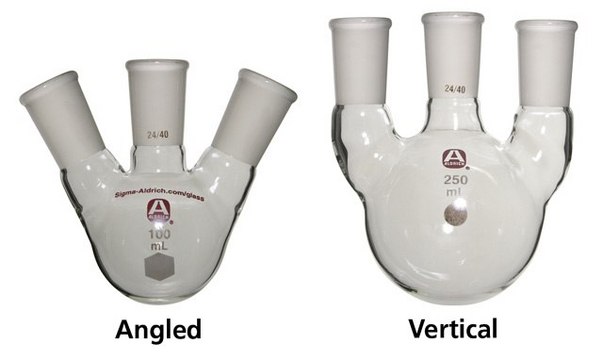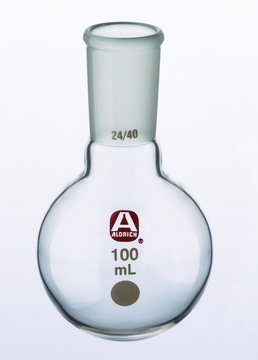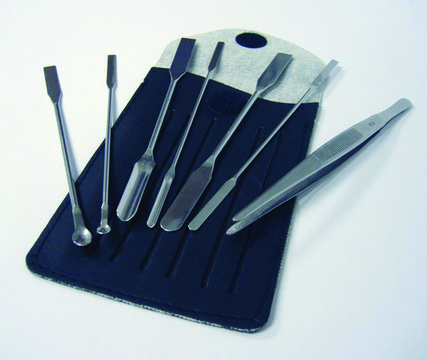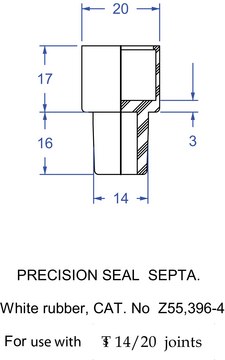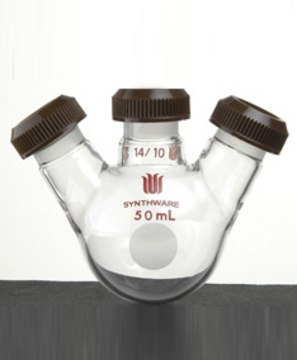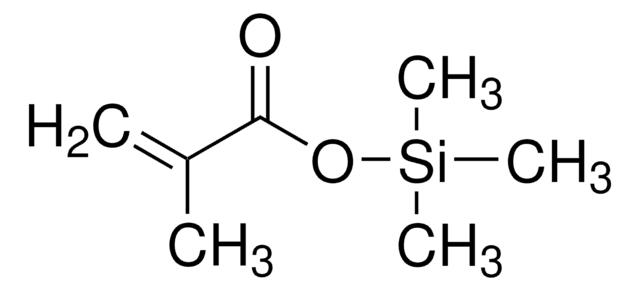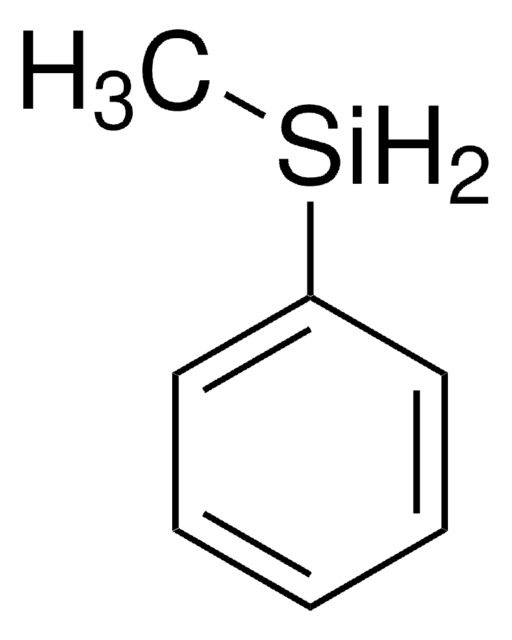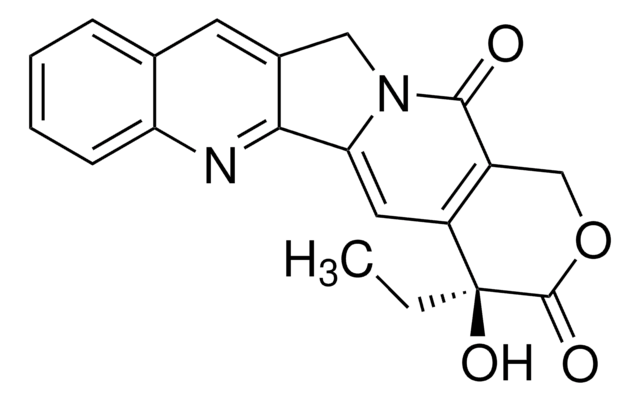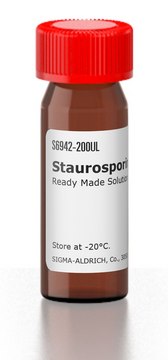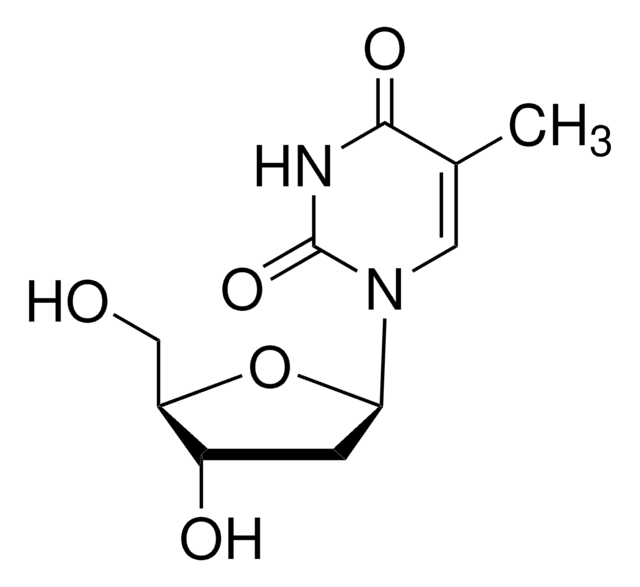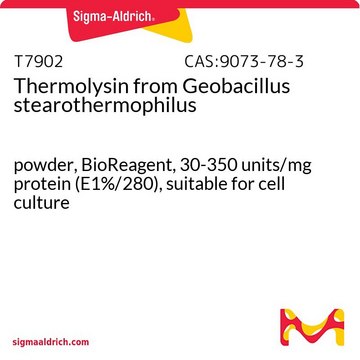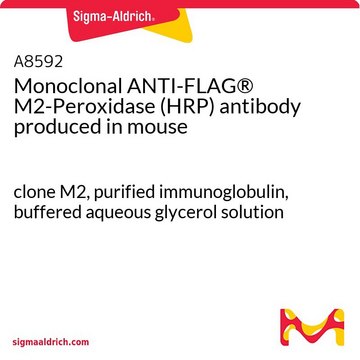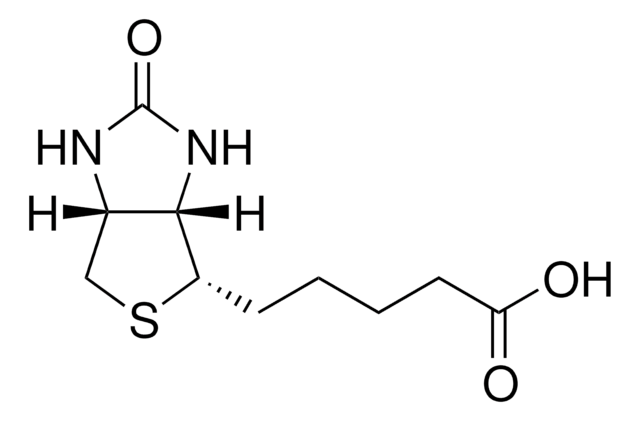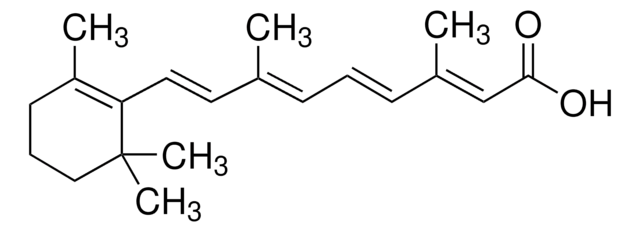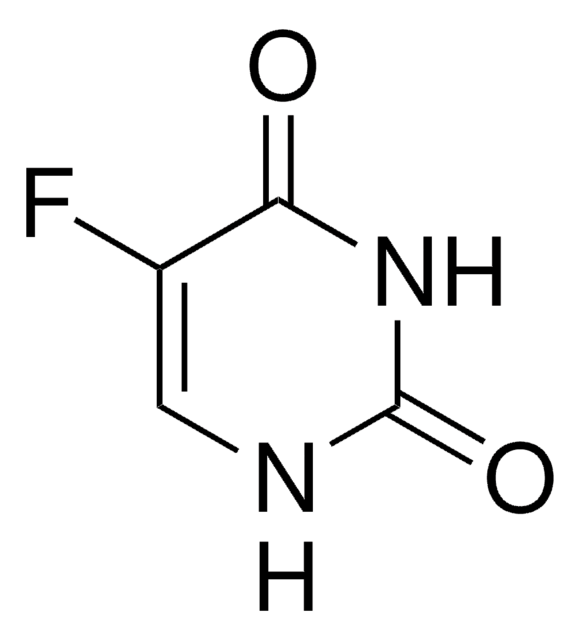SRP6006
IL-1RA murine
recombinant, expressed in E. coli, ≥98% (SDS-PAGE)
Synonym(s):
ICIL-1RA, IL-1ra3, IL1 inhibitor, IL1F3, IRAP
Select a Size
Select a Size
About This Item
Recommended Products
1 of 4
This Item | 483176 | 235865 | 751162 |
|---|---|---|---|
| assay 98% | assay 95% | assay 99% | assay 97% |
| density 0.89 g/mL at 25 °C (lit.) | density 0.89 g/mL at 25 °C (lit.) | density 0.894 g/mL at 25 °C (lit.) | density 0.898 g/mL at 25 °C |
| contains 500 ppm BHT as inhibitor | contains - | contains monomethyl ether hydroquinone as inhibitor | contains ~200 ppm MEHQ |
| form liquid | form - | form liquid | form liquid |
| refractive index n20/D 1.415 (lit.) | refractive index n20/D 1.506 (lit.) | refractive index n20/D 1.423 (lit.) | refractive index n20/D 1.419 |
| bp 51-51.5 °C/20 mmHg (lit.) | bp 140-143 °C/751 mmHg (lit.) | bp 162-165 °C (lit.) | bp - |
General description
Interleukin-1 receptor antagonist (IL-1 RA) is a member of the interleukin 1 cytokine family. Four alternatively spliced transcript variants encoding distinct isoforms have been reported.[1] IL-1RA mouse recombinant produced in E.coli is a single, non-glycosylated polypeptide chain containing 153 amino acids and having a molecular mass of 17.4kDa. The IL1RA is purified by proprietary chromatographic techniques. This gene and five other closely related cytokine genes form a gene cluster spanning approximately 400 kb on chromosome 2.
Application
Biochem/physiol Actions
Physical form
Reconstitution
Other Notes
Storage Class Code
11 - Combustible Solids
WGK
WGK 3
Flash Point(F)
Not applicable
Flash Point(C)
Not applicable
Choose from one of the most recent versions:
Certificates of Analysis (COA)
Don't see the Right Version?
If you require a particular version, you can look up a specific certificate by the Lot or Batch number.
Already Own This Product?
Find documentation for the products that you have recently purchased in the Document Library.
Customers Also Viewed
Our team of scientists has experience in all areas of research including Life Science, Material Science, Chemical Synthesis, Chromatography, Analytical and many others.
Contact Technical Service